Discover the different types of
biodegradable straws available, including paper, sugarcane, PLA, and coffee grounds straws. Choose an eco-friendly alternative and reduce plastic waste.
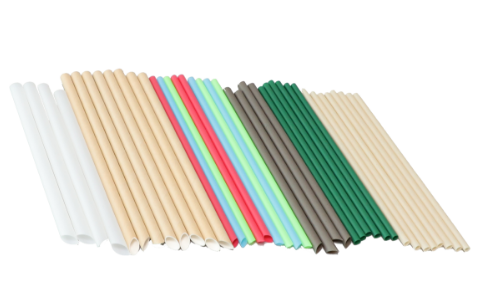
Definition and Benefits of Biodegradable Straws
Biodegradable straws, those wondrous creations of modern ingenuity, are a type of straw that is designed to break down naturally and decompose over time. Unlike their counterparts, the traditional plastic straws that persist for centuries, these eco-friendly alternatives offer a glimmer of hope in our battle against the scourge of plastic pollution. Crafted from materials such as paper, sugarcane, PLA or coffee grounds, these straws are not only biodegradable but also do not contribute to the growing problem that plagues our landfills and oceans.
Environmental Benefits of Using Biodegradable Straws
Now, let us explore the myriad of environmental benefits that accompany the use of these
biodegradable straws. Firstly, by embracing these eco-friendly alternatives, we can significantly reduce the amount of plastic waste that plagues our landfills and oceans. It is a sad truth that plastic straws, those insidious contributors to plastic pollution, find their way into these delicate ecosystems each day, wreaking havoc upon wildlife and disrupting the fragile balance of our natural world. By choosing
biodegradable straws, we can minimize this pollution, offering a lifeline to our marine life and ecosystems.
Moreover, the production of these
biodegradable straws often requires fewer resources and generates fewer greenhouse gas emissions compared to their traditional plastic counterparts. In doing so, we not only conserve precious energy but also take a step towards mitigating the looming threat of climate change. It is a small but significant step towards a brighter future.
Furthermore, let us not forget the natural decomposition process of these
biodegradable straws. Unlike their plastic brethren, their decomposition is a gentle, natural process that does not release harmful toxins into the environment. This ensures a healthier ecosystem for all living organisms, a sanctuary where life can thrive and flourish.
Common Questions:
1.Can you eat sugarcane straws?
The answer is absolutely no. Because our bodies can not absorb waste ingredients such as sugarcane bagasse.
2.What is the difference between biodegradable and compostable straws?
Biodegradable straws can take an unfixed period of time to break down. In contrast, compostable straws will decompose into natural elements within a specific time. However, it will require certain conditions like those found in industrial composting facilities to do so.
Of the Various Types of Biodegradable Straws
As the world becomes more environmentally conscious, the use of
biodegradable straws has become increasingly popular. There are various types of
biodegradable straws available in the market, each with its own unique features and characteristics. In this article, we shall explore different types of
biodegradable straws, including paper straws, sugarcane straws, PLA straws, and coffee grounds straws. We shall discuss the features and characteristics of each type, as well as the pros and cons of using them.
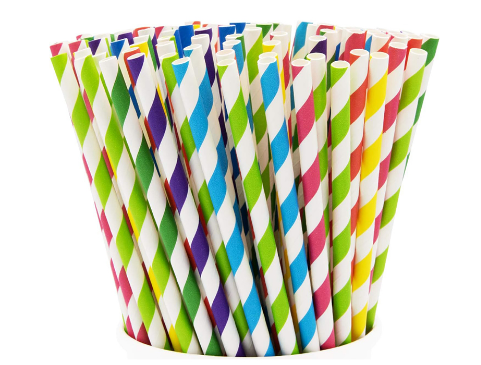 Paper Straws
Paper Straws
Paper straws are one of the most common and widely used biodegradable straw options. These straws are made from paper pulp and are designed to be sturdy and durable, allowing them to hold up well in various beverages. Paper straws are typically uncoated or coated with a food-grade wax lining to enhance their durability. They are biodegradable, compostable, and can break down naturally without harming the environment. However, paper straws may become soggy after prolonged use and can have a slight paper taste, which some people may find less appealing.
 Sugarcane Straws
Sugarcane Straws
Sugarcane, a renewable resource that can be grown and harvested multiple times, stands as an excellent choice for sustainable straw production. Sugarcane straws, those delightful alternatives to the detestable plastic straws, are crafted with utmost care and consideration for the environment. The process commences with the gathering of sugarcane stalks, plucked from the verdant fields where they have grown. These stalks, once harvested, are then transported to a specialized facility, where they undergo a series of meticulous steps to metamorphose into the straws we so cherish.
 PLA Straws
PLA Straws
PLA (Polylactic Acid) straws are made from plant-based materials, usually derived from corn starch or sugarcane. These straws are biodegradable, compostable, and have a similar appearance to traditional plastic straws. PLA straws are heat-resistant and suitable for both hot and cold beverages. They are also BPA-free and do not contain any harmful chemicals. However, PLA straws may have a shorter shelf life compared to other options and require specific composting conditions to fully biodegrade.
 Coffee Grounds Straws
Coffee Grounds Straws
After the coffee grounds and binders have been thoroughly mixed, the resulting amalgamation is shaped into exquisite straw-like forms. The skilled artisans behind this process employ various techniques, using molds or extrusion processes, depending on the desired final product. With meticulous care and unwavering attention to detail, the shaped straws are then delicately dried, allowing any lingering moisture to dissipate. What remains is a collection of solid and usable coffee grounds straws, ready to serve their purpose in the most elegant and sustainable manner.
Key Differences between Biodegradable and Plastic Straws
Biodegradable straws differ from plastic straws in several important ways. Firstly, their composition is different, with
biodegradable straws being made from renewable materials. Unlike plastic straws, which persist in the environment for hundreds of years,
biodegradable straws can naturally break down over time, reducing their environmental impact. Furthermore, the disposal methods for these straws also differ. While plastic straws need to be properly recycled,
biodegradable straws can be composted or simply left to degrade, making their disposal more convenient and eco-friendly.
Hyde has 12 years of export experience and has exported to more than 150 countries, if there is a certain kind of
biodegradable straw in your heart, you can feel free to contact us to custom and wholesale, we will reply within 24 hours.
 4260
4260 241
241




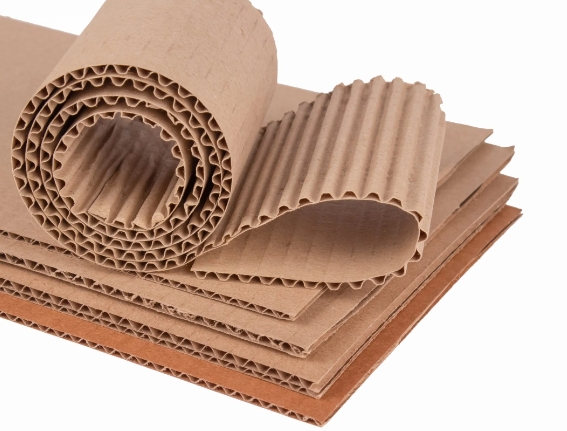 The Diversity of Corrugated Boxes Packaging
The Diversity of Corrugated Boxes Packaging
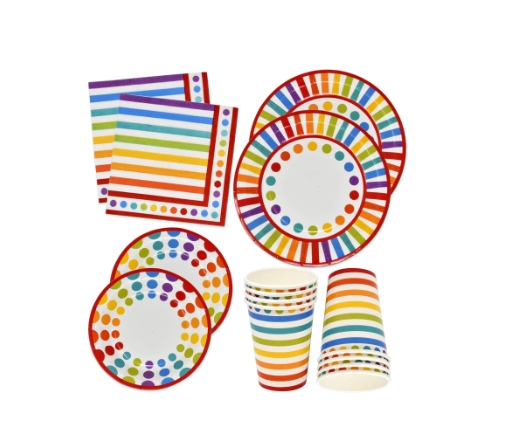 Health Concerns With Disposable Paper Plate Usage
Health Concerns With Disposable Paper Plate Usage
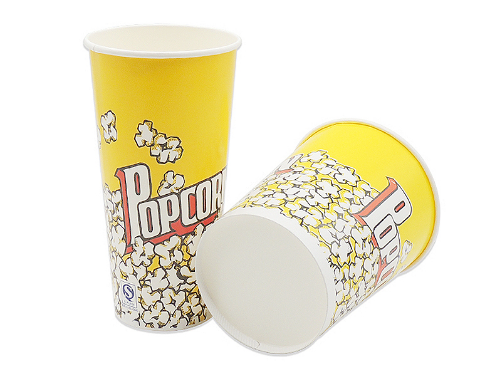 Understanding PE Coated Paper
Understanding PE Coated Paper
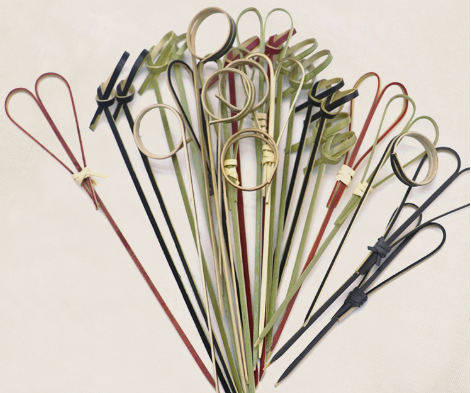 Versatile Bamboo Sticks: Types, Uses, and Benefits
Versatile Bamboo Sticks: Types, Uses, and Benefits